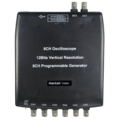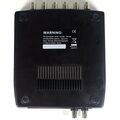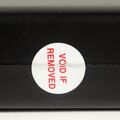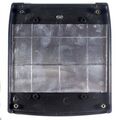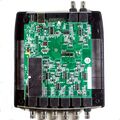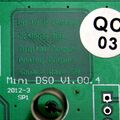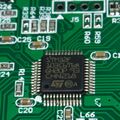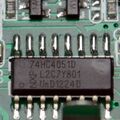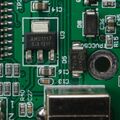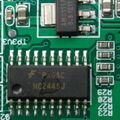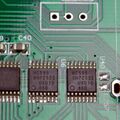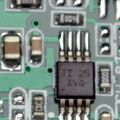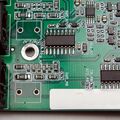Difference between revisions of "Hantek 1008C"
Jump to navigation
Jump to search
Martinloren (talk | contribs) m (Added link to 'Make a DIY AC Coupling Adapter for Hantek 1008C' video) |
Martinloren (talk | contribs) m (→Resources: Added 2 videos) |
||
| Line 113: | Line 113: | ||
* [http://www.hantek.com.cn/Product/Hantek1008/Hantek1008_V1.0.8.zip Vendor software] | * [http://www.hantek.com.cn/Product/Hantek1008/Hantek1008_V1.0.8.zip Vendor software] | ||
* [https://forums.ni.com/t5/LabVIEW/Hantek-1008C-data-type/td-p/3240415 Decode .DRC data format] | * [https://forums.ni.com/t5/LabVIEW/Hantek-1008C-data-type/td-p/3240415 Decode .DRC data format] | ||
* [https://www.youtube.com/watch?v=OaPVTmd5ins A DIY solution to providing hardware based AC COUPLING to HANTEK 1008] | |||
* [https://www.youtube.com/watch?v=BjPUbO-U-VA Make a DIY AC Coupling Adapter for Hantek 1008C] | * [https://www.youtube.com/watch?v=BjPUbO-U-VA Make a DIY AC Coupling Adapter for Hantek 1008C] | ||
* [https://www.youtube.com/watch?v=gCd4bbuFPNA&t=79s Make an external DIY AC Coupler] | |||
[[Category:Device]] | [[Category:Device]] | ||
Revision as of 04:22, 15 April 2019
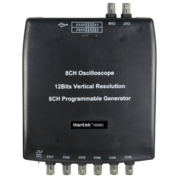 | |
| Status | planned |
|---|---|
| Channels | 8 |
| Samplerate | 2.4MS/s (see notes) |
| Samplerate (state) | ? |
| Triggers | ? |
| Min/max voltage | ±500mV / ±20V |
| Memory | ? |
| Compression | ? |
| Website | hantek.com |
The Hantek 1008C is a USB-based 8-channel oscilloscope (sampling resolution: 12bits on each channel), with 8 channel digital pattern generator.
See Hantek 1008C/Info for some more details (such as lsusb -vvv output) on the device.
Hardware
- CPU: ST Microelectronics STM32F103C6T6A
- Low-dropout voltage regulator: Advanced Monolithic Systems AMS1117-3.3
- 8-channel analog multiplexer/demultiplexer: NXP Semiconductor 74HCT4051D (1 per analog channel)
- Octal 3-state buffer: Fairchild Semiconductor MM74HC244SJ (in the path of digital outputs)
- 8-bit shift register with 3-state output: 74HC595 (3 total)
- Dual opamp: in MSOP-8 package, Texas Instruments unknown model (chip markings "TI 25 AVG") (1 per analog channel)
Photos
Protocol
Need to continuously send commands to the OUT Endpoint, and for each command receive the result from the IN Endpoint (both Endpoints can transfer max 64 bytes). The device got logically disconnected automatically if not receive any command after 7 seconds.
List of commands (incomplete)
- A0 -> set number of channel enabled (ie. A0 02: 2 channels are enabled)
- AA -> set which channel to enable (ie. AA 01 01 00 00 00 00 00 00 enable channel 1 and 2)
- A2 -> set voltage level for each channel (ie. A2 03 03 03 03 03 03 03 03 apply +-20V range on each channel)
- A3 -> set sampling rate (ie. A3 00 set highest sampling rate)
- AC -> set sampling rate (ie. AC 07 D0 00 03 42 00 03 42 set highest sampling rate for 2 channels enabled = 1.2MS/s)
- AB -> set trigger level (ie. AB 08 00)
- C1 -> set trigger source and slope (ie. C1 00 00 for Channel 1, rising slope, C1 01 01 for Channel 2, falling slope)
- F3 -> hardware ping (required to send regularly also when acquisition is stoped, otherwise the hardware disconnect)
Sample of initialization cycle
- B0
- F3
- B901BF040000
- B700
- BB0800
- B5
- B6
- E5
- F7
- F8
- FA
- F5
- A008
- AA0101010101010101
- A311
- C10000
- A70000
- AC01F40009C50009C5
Start of waiting cycle for data to be ready into the buffers
- F3
- A2 01 01 01 01 01 01 01 01
- A4 01
- C0
- C2
- A5 5A
- A5 5A
Buffers Reading Cycle
- C6 02 (return Buffer 1 size)
- A6 02 (acquire 64 bytes, 32 samples of 12 bits each, repeated 60 times get 2000 samples)
- C6 03 (return Buffer 2 size)
- A6 03 (acquire 64 bytes, 32 samples of 12 bits each, repeated 60 times get 2000 samples)
Notes
- Sample rate: maximum measured 2.4MS/s if just 1 channel is enabled. Drop down to 1.2MS/s if enable 2 channels.
- Acquisition: on each scan acquire 4000 bytes (2000 samples) from 2 buffers (2000 samples each buffer)
- Voltage Selector: the most reliable voltage selection is +/-20V, lower hardware voltages present strong non-linearity which make useless the full ADC range of the device (for example +/-500mV range is linear just in the range +500mV -> -80mV.
- Zero offset on ADC is strongly temperature dependent. It drops fast after the device is turned on (even around 50mV on a scale of +-20V). It is suggested to perform the Zero offset calibration and to use this instrument after few minutes that is on, when the temperature stabilize.
